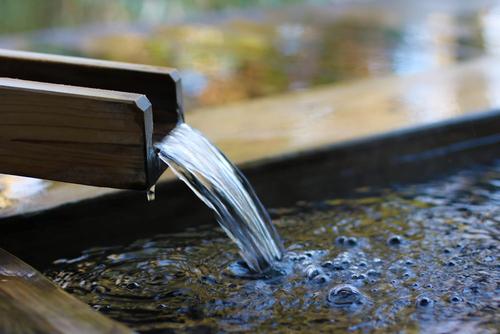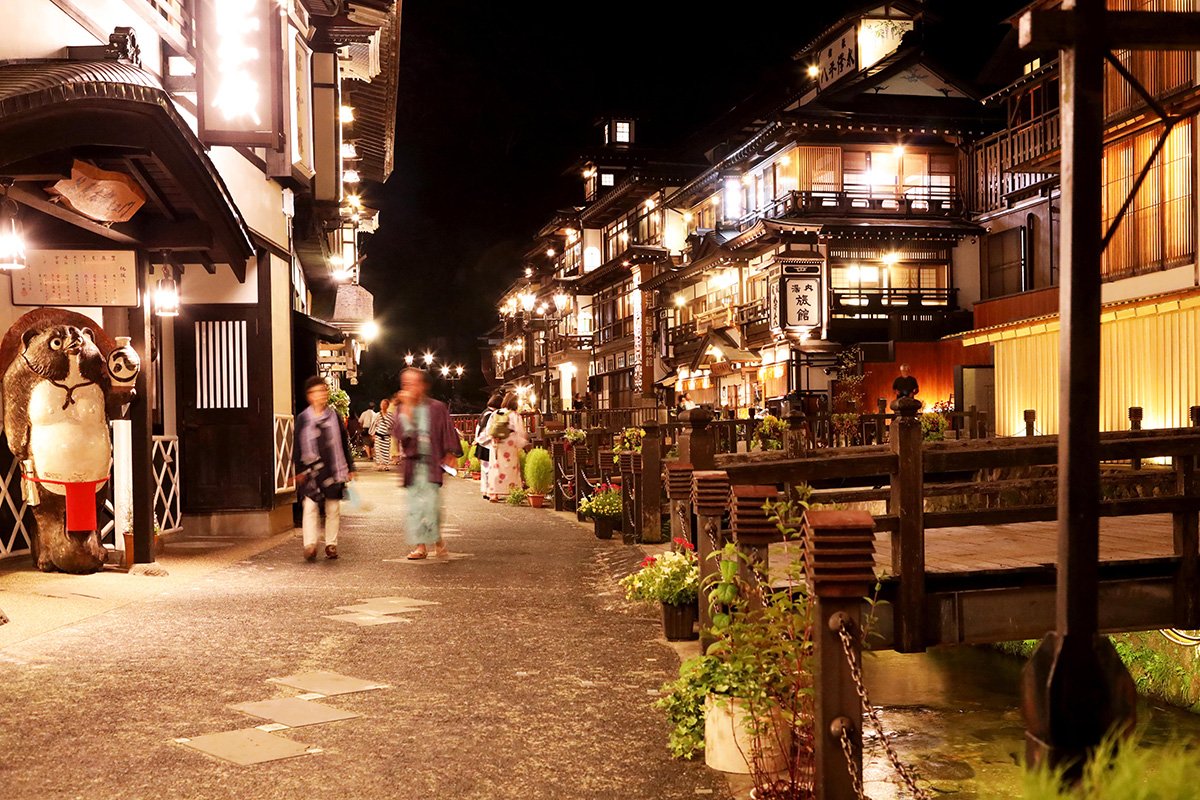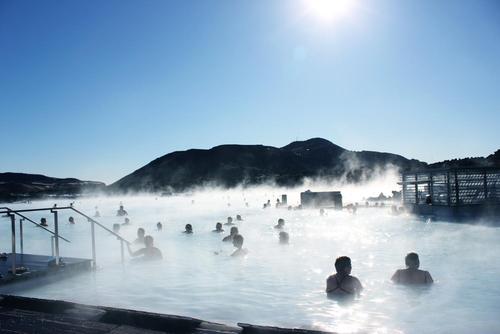Hot springs are a familiar and familiar presence for us Japanese people.
Japan is home to roughly 10% of the world's active volcanoes, and is blessed with volcanic hot springs. In this article, we'll explain in an easy-to-understand way the appeal of hot springs, a world-renowned Japanese culture. We'll also introduce hot spring facilities overseas, so be sure to check them out.
Japan, a world-renowned hot spring resort

In addition to the quality of its hot springs, what Japan is most proud of is its overwhelming number of hot spring sources.
First, let's take a look at the number of hot springs and hot spring facilities, which are Japan's abundant resources.
There are over 27,000 hot springs
Japan has abundant hot spring resources, with over 27,000 hot spring sources.
The ranking by prefecture for the total number of hot springs is as follows:
- Oita Prefecture: 4,445 trees
- Kagoshima Prefecture: 2,755 trees
- Shizuoka Prefecture: 2,252
Oita Prefecture is by far in first place, with a large gap between it and second place Kagoshima Prefecture.
Furthermore, the total amount of hot spring water that flows from Japan, both artesian and powered, is an astounding 2.5 million liters per minute. Thanks to this abundance of hot spring resources, Japan is said to be one of the world's leading hot spring powerhouses.
*This data is based on the "2018 Hot Spring Usage Status" published by the Ministry of the Environment's Natural Environment Bureau as of the end of March 2019.
There are over 20,000 hot spring facilities
The number of hot spring facilities, including accommodation facilities and public baths, exceeds 20,000, and there are hot springs and accommodation facilities in all 47 prefectures of Japan.
Hot springs are a part of everyday life for Japanese people, but when you look at the numbers, you'll be surprised to see just how many hot springs there are in Japan.
Hot Springs as Japanese Culture

Hot springs have been popular since ancient times, and they have not only served to purify the body, but have also developed into a culture that reflects the rich sensibilities of the Japanese people. How did the Japanese love of hot springs take root?
Japanese people have loved hot springs since ancient times
There are many different ruins and documents that show the connection between Japanese people and hot springs, and traces of their use in hot springs have been found in ruins from the Jomon period, dating back about 6,000 years ago.
Hot springs are also mentioned in the Kojiki, Nihon Shoki, Fudoki, and Manyoshu. The word "hot spring" was first used in the Fudoki, and from that time until the present, many people have been healed by the effects of hot springs, such as recovering from physical ailments and warming the body.
Hot springs are a blessing because they naturally produce warm water, and they are revered as sacred things that can cure illnesses and injuries.
Enjoy the atmosphere of hot springs through travel and sightseeing
Many of the areas surrounding the hot springs have been developed as tourist destinations, and in addition to bathing in the hot springs, the traditional Japanese way to enjoy hot springs is to soak in the scenery and travel atmosphere of the hot spring inns and hot spring towns.
A trip to a hot spring resort allows you to experience much of the area, including open-air baths, indoor baths, famous sites, and local cuisine.
Visiting a hot spring for a cure or relaxation
"Touji," the practice of bathing in hot springs to cure illnesses, has been popular since ancient times. As the Showa era began, transportation became increasingly convenient and it became easier to travel to hot spring resorts. As a result, an increasing number of people began to visit hot spring resorts not only for Touji but also for health and wellness purposes.
During the period of rapid economic growth, the economy improved, the number of people and group tourists increased, and accommodation facilities also became larger. Hot spring towns also transformed and developed dramatically from therapeutic hot spring resorts into hot spring tourist destinations.
Differences from hot springs overseas

The image of hot springs is slightly different in Japan and the rest of the world, and the way they are used is also different.
From here, we will introduce in detail how to enjoy and bathe in hot springs overseas.
Enjoying overseas hot springs as a leisure activity
In Japan, people visit hot springs not only for therapeutic purposes but also for the romantic atmosphere of travel, but in Western countries, people enjoy playing in the water as a leisure activity in the open air of nature.
Rather than adjusting the temperature of hot springs as in Japan, people usually use them in their natural state, and in some places the temperature is as low as lukewarm water.
Even in buildings that are considered hot spring facilities, the main purpose is to play in the water rather than to relax in a bath, so they are often made in large pool-like shapes.
European hot springs are often used for medical purposes
In countries such as Germany, Austria, and France, therapeutic health resorts have been established where medical insurance is also applied, so bathing in hot springs is often seen as a medical procedure in Europe.
These therapeutic resorts are called "kuorts", and spa resorts are one type of them.
Kurort is
- The surrounding natural environment, including the climate and scenery, is good
- There are appropriate recreation and treatment facilities
- There are specialized therapists and doctors
There are several other regulations, such as the above, and the high quality of the environment makes it very popular.
Nowadays, in addition to medical treatment, an increasing number of people are using these facilities at their own expense to improve their health.
Wear a swimsuit
In Japan, people generally enter hot springs naked, but overseas it is common to wear a swimsuit. Since it is not customary to bathe or enter hot springs naked with other people, many foreigners seem to be confused by this Japanese custom.
In recent years, the number of leisure facilities in Japan known as "hot spring theme parks" has been increasing, where people can enjoy various types of hot springs both indoors and outdoors while wearing swimsuits.
summary
Since ancient times, Japanese people have used hot springs, a gift from nature, to maintain their health and have developed a unique hot spring culture as a tourist destination. Hot springs are now highly popular with foreign tourists, as they allow you to experience the Japanese atmosphere along with the hot springs.
Although they are all called hot springs, the scent, color, ingredients, and effects vary from place to place, and the depth of their flavors is one of their charms. It might be fun to travel to hot springs all over Japan to experience these differences.
This article has been partially re-edited by KARUTA from an article originally published on "Nihongo Biyori."
Any unauthorized reproduction or use of the contents, text, images, illustrations, etc. of this website is strictly prohibited.
